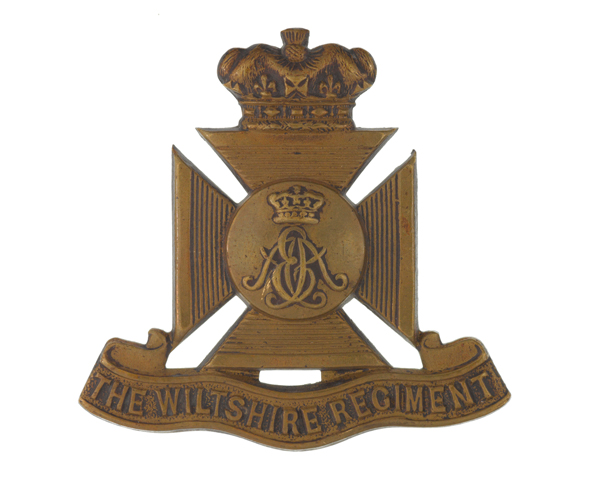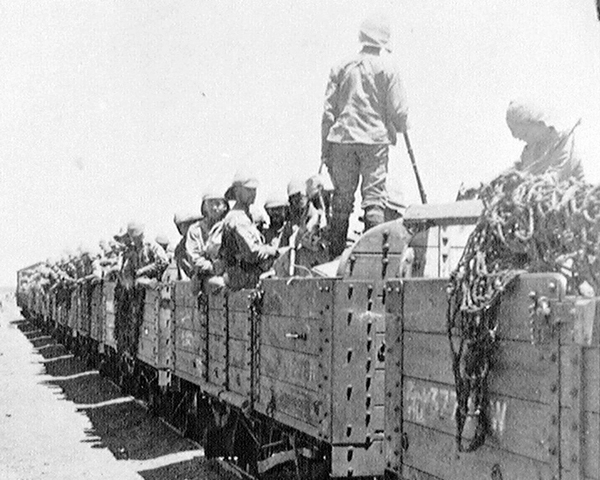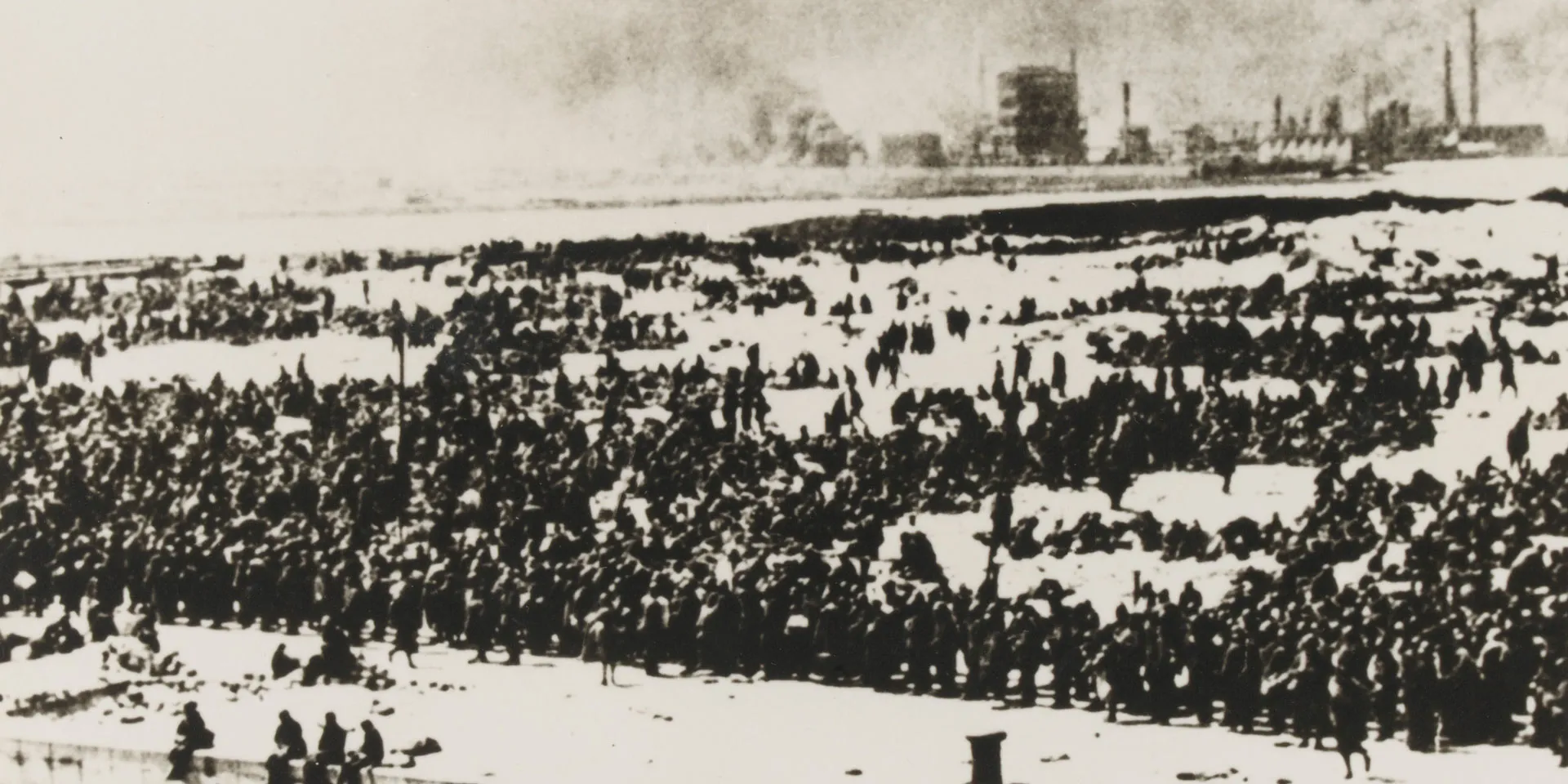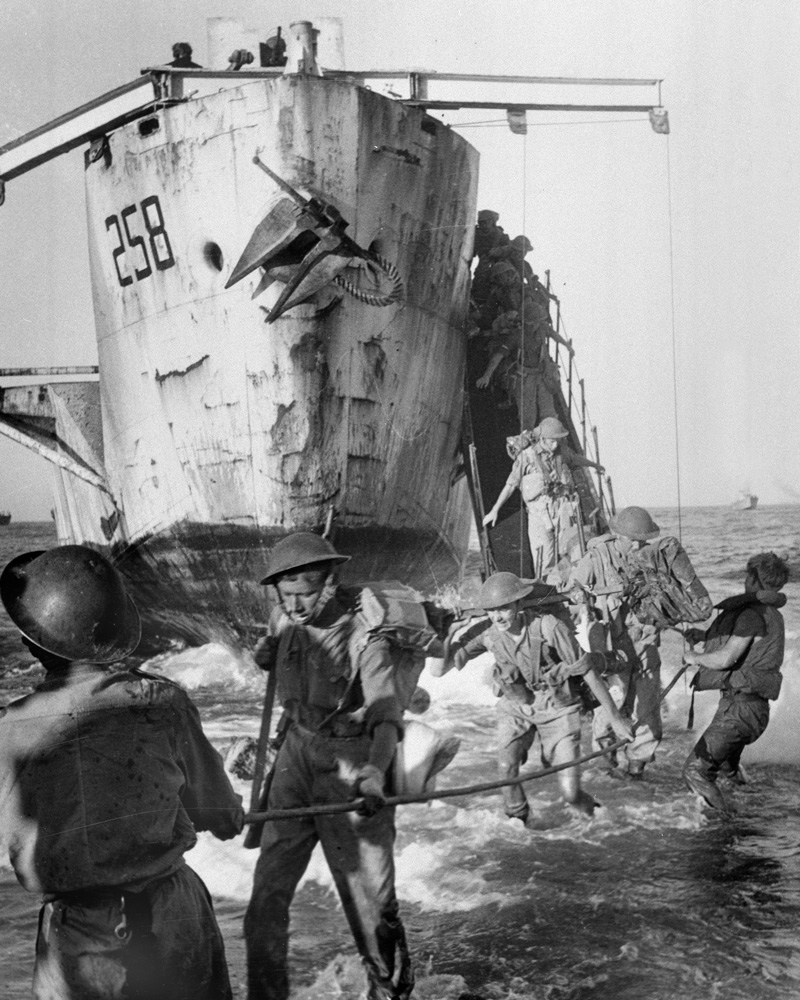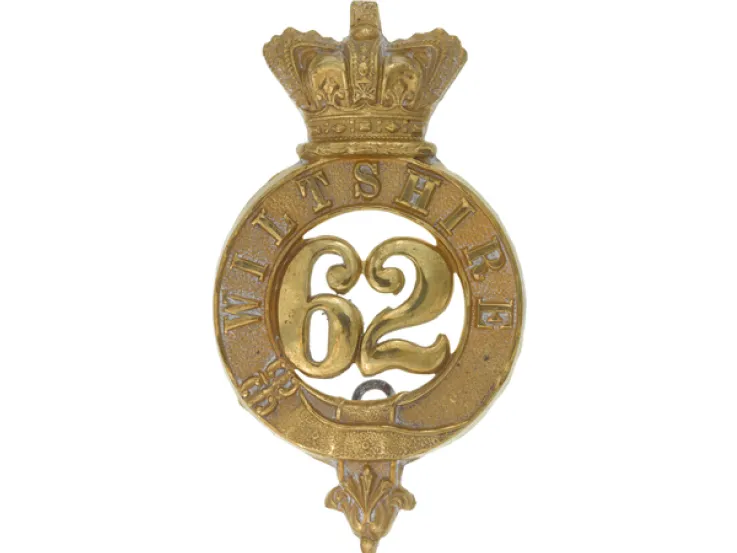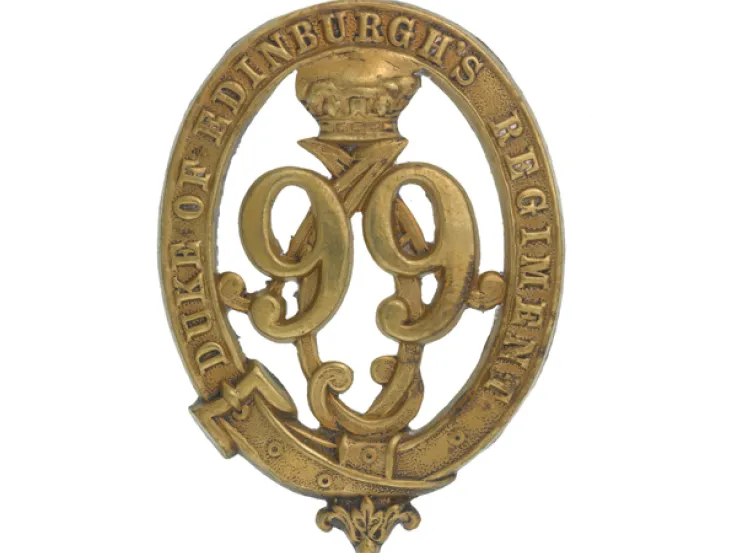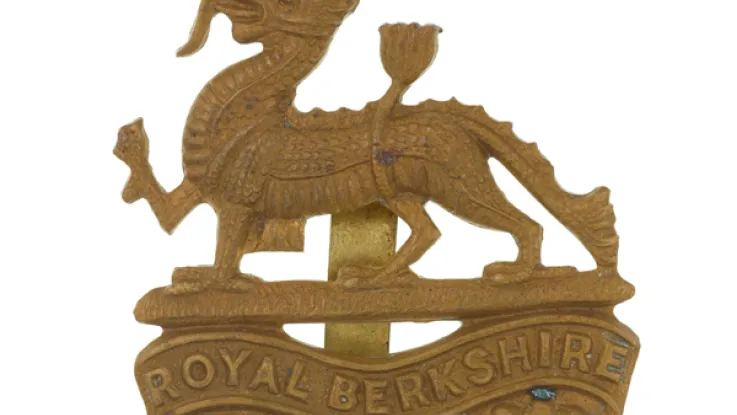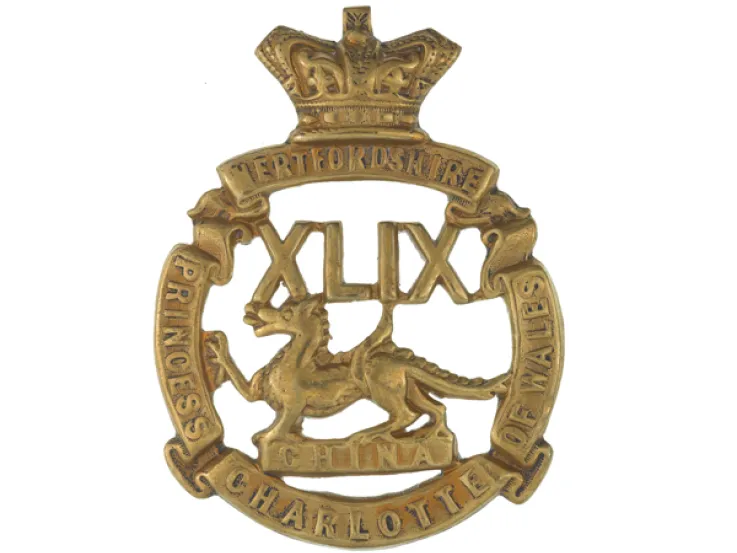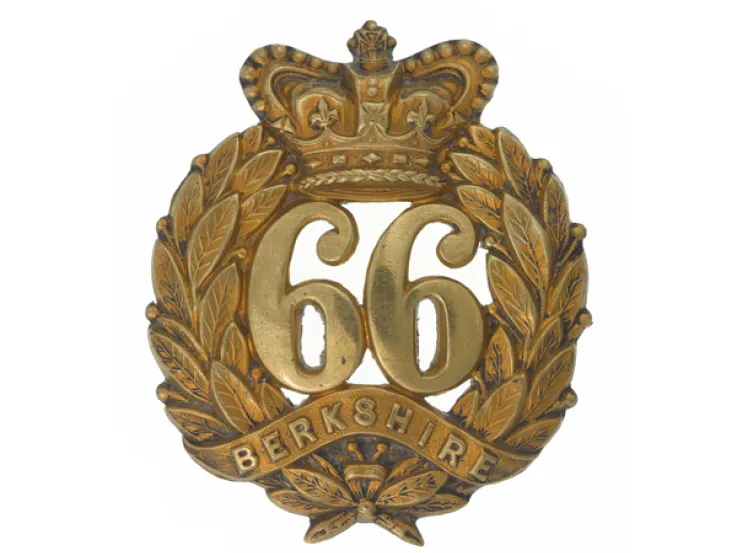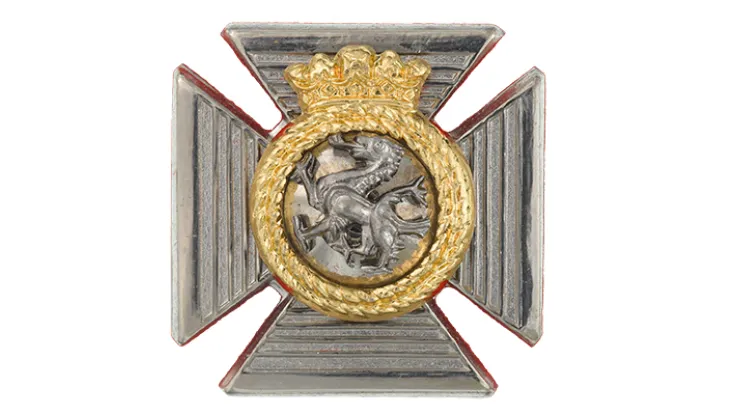Origins
This unit was formed in 1881 as The Duke of Edinburgh's (Wiltshire Regiment) by merging the 62nd (Wiltshire) Regiment and the 99th Duke of Edinburgh's (Lanarkshire) Regiment. These became the new unit's 1st and 2nd Battalions respectively.
In Bermuda at the time of the merger, 2nd Battalion went on to garrison South Africa, Burma and India, before sailing back to Britain in 1895. It was replaced in India by 1st Battalion who had spent the previous 14 years in England and Ireland.
In December 1899, 2nd Battalion departed for service in the Boer War (1899-1902). It fought at Rensburg (1900), Bethlehem (1900) and Slabbert's Nek (1900), before joining the anti-guerrilla operations in the Transvaal. It then spent the next 10 years alternating between Ireland and England.
Meanwhile, 1st Battalion moved from India to South Africa in 1908. This deployment lasted until 1913.
First World War
Both regular battalions deployed straight to the Western Front in 1914, where they remained until the 1918 Armistice.
The regiment also raised three Territorial battalions, four Service battalions and one Reserve battalion during the First Word War (1914-18). These served in Britain, Egypt, Gallipoli, Salonika, Mesopotamia and India.
The Wiltshires gained 60 battle honours during the conflict and lost over 5,000 men killed.
Inter-war
In 1919, 1st Battalion was sent to Dublin during the Irish War of Independence (1919-21). It also sent a company to fight in the Russian Civil War (1917-22).
The regiment's title changed to The Wiltshire Regiment (Duke of Edinburgh’s) in 1920. That same year, 2nd Battalion joined the Hong Kong garrison, after switching to home service at the end of the First World War. It spent the rest of the 1920s and 1930s garrisoning India, Shanghai, Britain and Palestine.
Meanwhile, 1st Battalion had spent the 1920s in England. During the 1930s, it garrisoned Egypt and Singapore, and guarded the international settlement at Shanghai as hostilities between China and Japan intensified.
Second World War
2nd Battalion deployed straight to France in 1939 and was evacuated from Dunkirk in June 1940. In April 1942, it joined the invasion of Madagascar, then two months later moved to Persia (now Iran) and Iraq.
1st Battalion had moved to India in 1936. Barring a year fighting on the Arakan front in Burma from October 1943, it remained in India until its independence in 1947.
In July 1943, 2nd Battalion took part in the invasion of Sicily. It then joined the Italian campaign until February 1945, when it was switched to Germany.
The regiment also raised six war service battalions during the Second World War (1939-45). Two of these (4th and 5th) served in North West Europe during 1944-45.
Post-war
In November 1948, the regiment's two regular battalions merged. The following year, it joined the British force in West Germany. It returned to Hong Kong for three years in 1950, and then moved to Cyprus in 1956.
Legacy
In 1959, it was merged with The Royal Berkshire Regiment (Princess Charlotte of Wales's) to form The Duke of Edinburgh's Royal Regiment (Berkshire and Wiltshire).
Regimental museums
The National Army Museum works with a network of Regimental and Corps Museums across the UK to help preserve and share the history and traditions of the Army and its soldiers.
Discover more about The Duke of Edinburgh's (Wiltshire Regiment) by visiting The Rifles Berkshire and Wiltshire Museum in Salisbury.


